Introduction
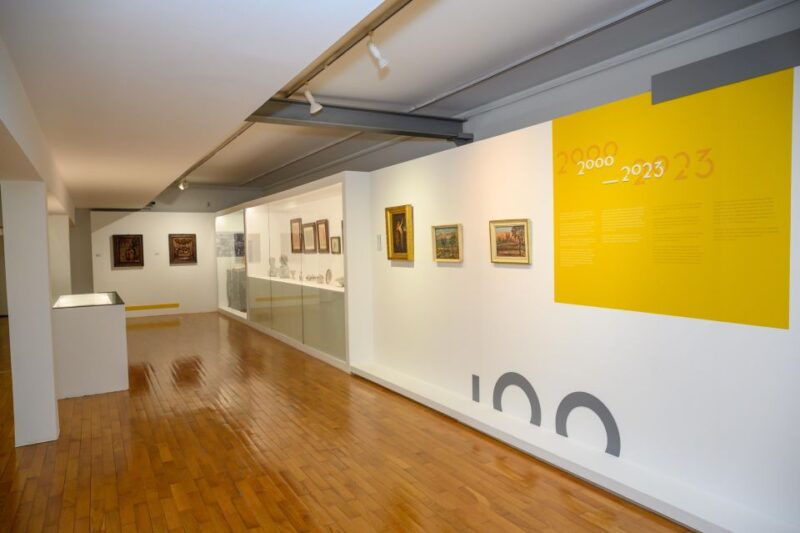
If you’re planning a trip to northern Portugal and love discovering cultural treasures, the Museum of Decorative Arts in Viana do Castelo should be on your list. While we haven’t personally wandered through its halls, the detailed reviews and descriptions paint a picture of a captivating and beautifully curated experience.
What makes this museum stand out? First, we love the extensive collection of Portuguese faience and tiles, showcasing centuries of craftsmanship. Second, the maritime-themed rooms give a fascinating glimpse into Viana’s proud seafaring history. Third, the museum’s capacity to tell both local and global stories through art and artifacts is genuinely appealing.
One potential consideration is the limited duration—since it’s a one-day ticket, you’ll want to plan your visit to see the highlights without feeling rushed. This experience is perfect for travelers interested in Portuguese ceramics, historical art, and maritime heritage—especially those with a keen eye for detail and a love of cultural authenticity.
You can check if your dates are available here:Good To Know

- Affordable entry at just $2.71 per person makes it an accessible cultural experience.
- Magnificent collection of Portuguese faience, especially from the 18th century.
- Beautiful baroque tiles in multiple rooms, including the Museum’s chapel.
- Insightful rooms that highlight Viana’s maritime past and local history.
- Accessible for all, including visitors with reduced mobility, with descriptive audios and other facilities.
- Includes access to the Costume Museum, adding extra value for those interested in regional dress and traditions.
Like museums? Other Viana Do Castelo cultural attractions we've reviewed
Discovering the Collection of Decorative Arts in Viana do Castelo
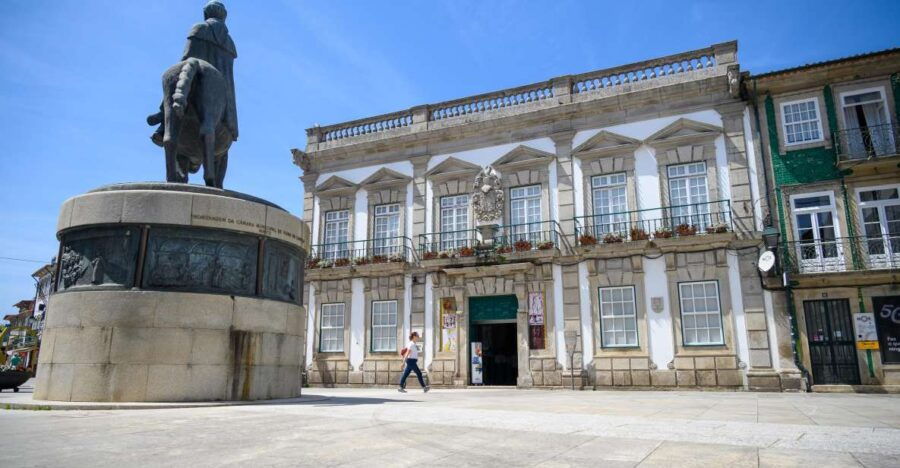
The Museum of Decorative Arts offers a window into Portugal’s artistic and cultural evolution. Known for its exceptional collection of faience, the museum shines a spotlight on Portugal’s ceramics industry, which surged in the late 18th century thanks to reformist efforts. This period saw a boom in earthenware manufacturing, and the museum’s rooms are filled with pieces from this vibrant era.
One of the most memorable aspects of the collection is the series of 18th-century tiles made in Lisbon, attributed to Valentim de Almeida. These tiles, arranged in the main exhibition rooms facing Largo de S. Domingos, depict scenes across four continents, as well as hunting and garden motifs—all rendered in the ornate baroque style. The intricate details and the vibrant colors make these tiles a delight for anyone appreciating craftsmanship.
The interior chapel, decorated with biblical-themed tiles signed by Policarpo de Oliveira Bernardes, adds a spiritual dimension to the collection. These historic tiles are not just decorative but also tell stories, offering a glimpse into religious art and iconography from the period. Many visitors mention how the tiles’ preservation quality and artistry are impressive, with some noting the “excellent historic tiles” that truly showcase Portugal’s tile-making mastery.
The Rooms that Narrate Viana and Its Maritime Heritage
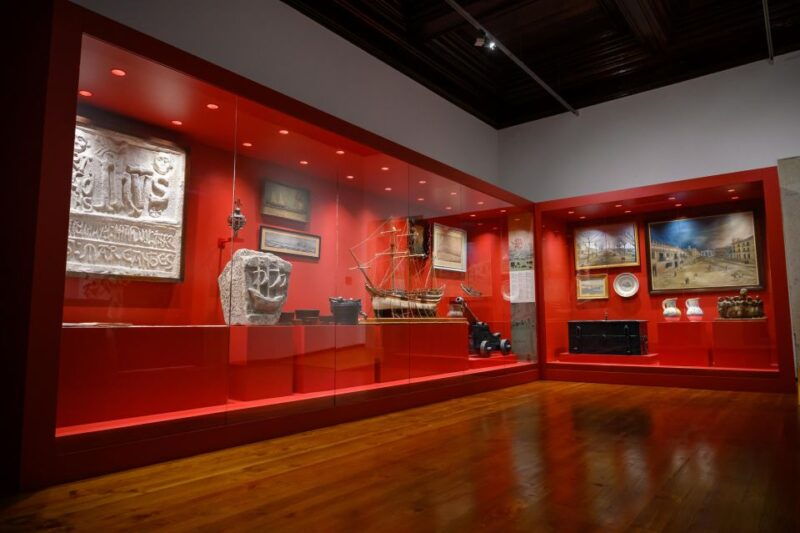
Beyond ceramics, the museum also emphasizes Viana’s maritime vocation. Several rooms are dedicated to telling the story of the town’s seafaring past, with displays that include maritime artifacts, models, and paintings. The exhibits help visitors understand how Viana thrived as a port city, with its maritime economy shaping the local culture.
Reviewers have appreciated the way these rooms tell a narrative, connecting the art collection with the town’s history. One review states, “The rooms that tell Viana’s history are beautifully curated, giving a real sense of the town’s relationship with the sea.” This emphasis on local history makes the museum not just a collection of objects but a storytelling experience.
Practical Details and Visitor Experience
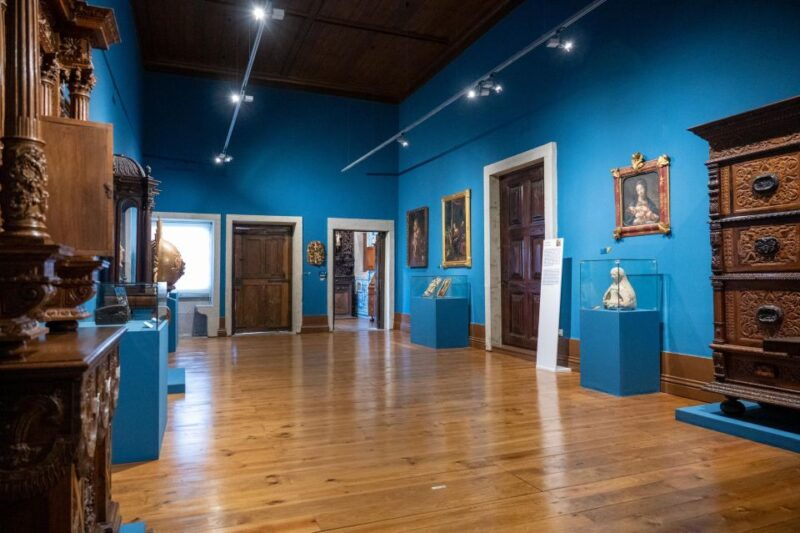
The museum’s location in Lisbon District makes it easily accessible, especially for travelers staying nearby in Viana do Castelo. The entrance fee of just over $2 makes it an excellent value, especially considering the large exhibition spaces and comprehensive displays.
The ticket grants access not only to the main collection but also includes entry to the Costume Museum, providing a broader cultural perspective. Visitors with mobility challenges will find the museum wheelchair accessible, with additional features like descriptive audios that enhance the understanding of the exhibits.
The museum operates on a single day validity, so checking availability and starting times in advance is recommended. As it’s a relatively small venue, most visitors report that a couple of hours is sufficient to appreciate the highlights without feeling rushed.
More Great Thing To Do NearbyWhat to Expect During Your Visit
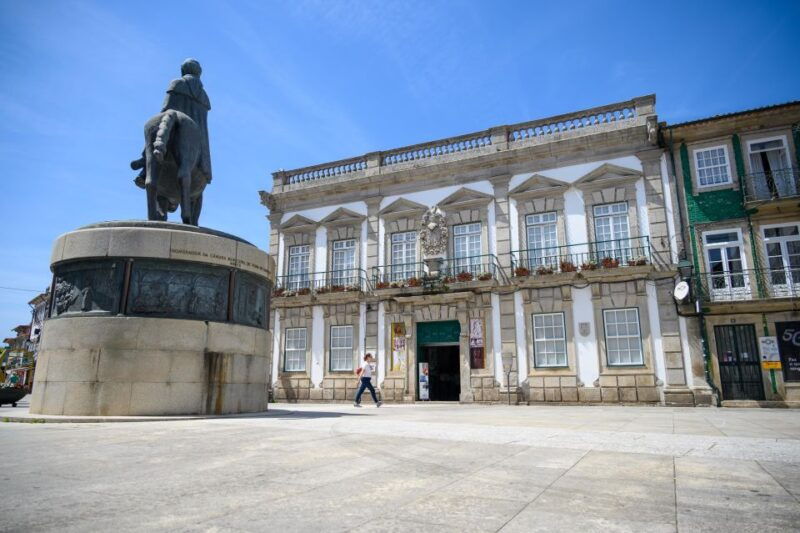
When you arrive, you’ll first encounter the main exhibition rooms facing Largo de S. Domingos. Here, the 18th-century tiles, many of which are beautifully preserved, form the core of the collection. The attention to detail is evident in the artwork—the scenes are lively, with some tiles depicting biblical stories, others illustrating exotic animals or garden scenes.
Next, you’ll likely visit the chapel, where the tiles covered the entire interior, creating a compelling religious atmosphere. The biblical themes signed by Policarpo de Oliveira Bernardes are a stand-out feature, and many reviewers comment on how the tiles bring the space alive with their craftsmanship.
The maritime and local history rooms are equally engaging. They provide context about Viana do Castelo’s development as a port city and its maritime vocation, which you’ll appreciate if you enjoy history or seafaring stories.
Throughout the visit, the museum staff, including hosts and guides, are noted for being friendly and knowledgeable, enhancing the overall experience. Descriptive audios are available, making it easier to connect with the exhibits on a deeper level.
Analyzing the Value
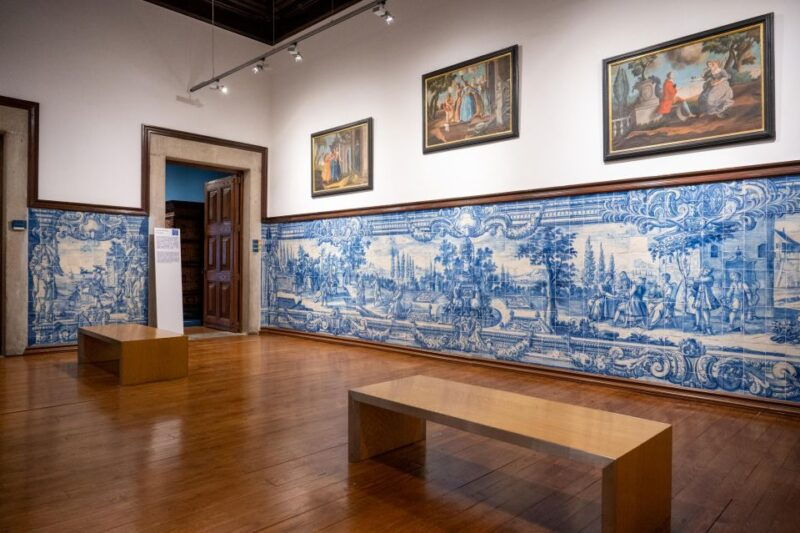
At just $2.71, this museum offers exceptional value. For the price of a coffee in many places, you get access to a vast collection of national faience, historic tiles, and maritime artifacts. The inclusion of the Costume Museum adds an extra layer of cultural exploration, especially appealing to those interested in regional dress and tradition.
The museum’s focus on both art and history makes it a well-rounded visit. It’s perfect for travelers with an interest in ceramics, tiles, and Portugal’s artistic heritage, as well as those keen to understand Viana’s seafaring roots. The accessibility features and descriptive audios also make it suitable for a diverse audience, including families and visitors with mobility challenges.
The Sum Up
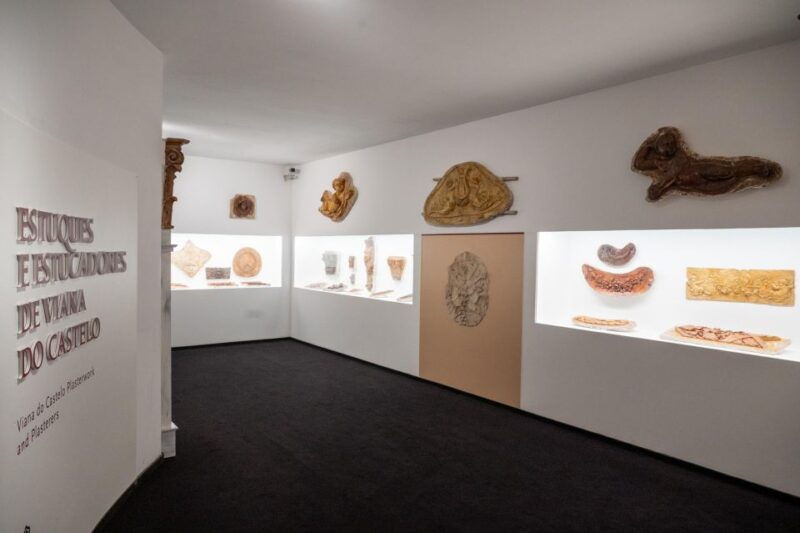
The Museum of Decorative Arts in Viana do Castelo is a compact yet profoundly engaging cultural stop. Its impressive collection of 18th-century faience and baroque tiles highlights Portugal’s ceramic excellence, while the maritime rooms tell an authentic story of the town’s seafaring history. Coupled with a very affordable price point, it offers great value for travelers eager to dive into local craftsmanship and regional history.
This museum is ideal for art lovers, history buffs, and anyone curious about Portugal’s decorative arts. Its well-curated exhibits and accessible facilities make it a comfortable and enriching experience. If you’re passing through Viana do Castelo, don’t miss the chance to explore this gem, especially if you want a meaningful glimpse into Portugal’s artistic traditions.
FAQ
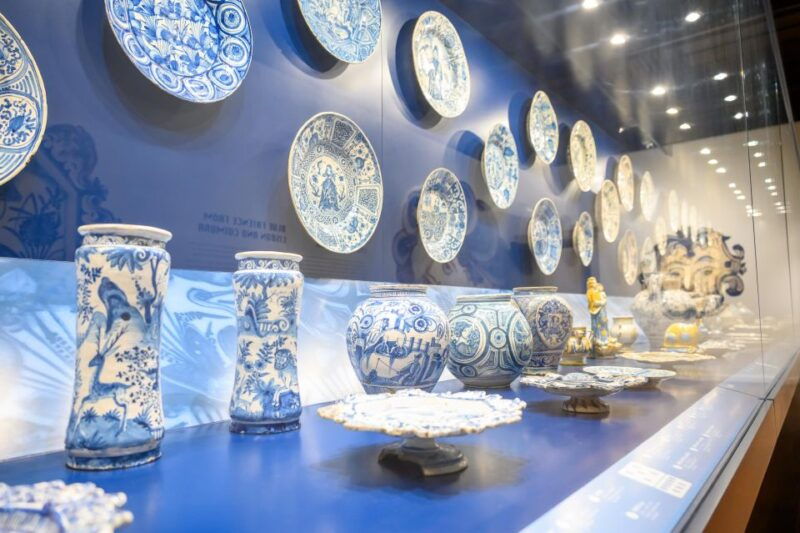
- How much does it cost to visit?
The entry fee is approximately $2.71 per person, making it a very budget-friendly cultural experience.
- What is included in the ticket?
Your ticket grants access to the Museum of Decorative Arts as well as the nearby Costume Museum.
- Is the museum accessible for visitors with reduced mobility?
Yes, the museum is wheelchair accessible, and facilities are designed to accommodate visitors with mobility challenges.
- Are there guided tours or audio guides available?
Descriptive audios are available, and the staff is friendly and knowledgeable, enhancing the storytelling aspect.
- How long should I plan to spend here?
Most visitors find 1 to 2 hours sufficient to see the highlights, but you can take more time if you wish to explore thoroughly.
- Are food and drinks allowed inside?
No, food and drinks are not permitted in the museum.
- Can I take photos?
Flash photography is not allowed, but non-flash photos are generally permitted, so bring your camera or smartphone.
- Is there a dress code?
There is no strict dress code, but respectful attire is appreciated when visiting religious or historic spaces like the chapel.
- What language are the exhibits in?
Exhibits are primarily in Portuguese, but descriptive audios can help non-Portuguese speakers understand the context.
- Would you recommend visiting this museum?
Absolutely—if you love arts, ceramics, or local history, this museum offers a charming, affordable, and insightful experience.
In summary, the Museum of Decorative Arts in Viana do Castelo is a delightful and educational stop that offers a deep dive into Portugal’s ceramic artistry and maritime history. Its affordability, accessibility, and thoughtfully curated collections make it a perfect addition to any cultural itinerary in northern Portugal. Whether you’re a history enthusiast or an art lover, you’ll find plenty to admire and learn here.
You can check if your dates are available here:More Museum Tours in Viana Do Castelo
More Tour Reviews in Viana Do Castelo
Looking for something different? Other Viana Do Castelo activities we've written about
- Art&Yoga + Cheese&Wine
- Entrance to the Roots Gallery + 1 glass of wine with snacks + 1 fine art print
- Viana do Castelo: e-mountain bike rental for adventures in nature and culture
- Viana do Castelo: Clay, Ceramics and Tea Workshop
- Museum of Decorative Arts – Viana do Castelo
- Visit to Gil Eannes hospital Ship Museum
- Melgaço: CanoaRaft Adventure
- Canoa Raft
- Rafting Rio Minho
- Porto: Kitesurf & Wing – Package 3 Lessons
